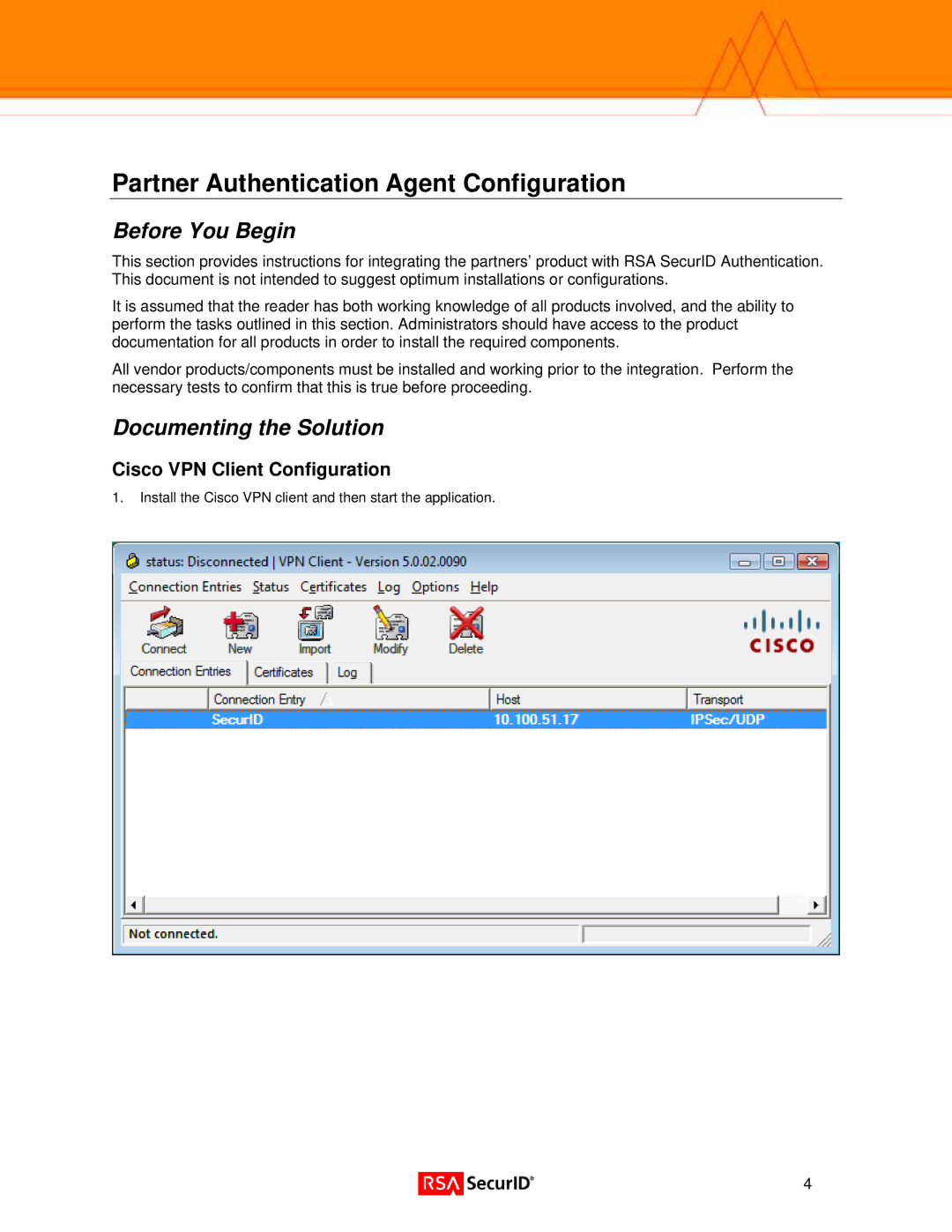and 5.0.02.0090, 4.8, 4.6 specifications
Cisco Systems has been a pivotal player in the field of networking and communication technologies, continually enhancing its offerings to meet the evolving demands of businesses and individuals. The versions 4.8, 5.0.02.0090, and 4.6 of Cisco's systems showcase significant advancements in features, technologies, and characteristics that address current market needs.Cisco Systems 4.8 introduced key enhancements in security and performance. One of its standout features is advanced threat detection, empowering organizations to identify and mitigate potential risks proactively. The integration of machine learning algorithms allows for more intelligent threat assessments and quicker responses to anomalies. Furthermore, the 4.8 version emphasized improved scalability, with support for larger numbers of users and devices, making it suitable for enterprises of any size. The enhanced user interface also facilitated easier navigation and management, enabling IT teams to respond to issues more efficiently.
Moving on to version 5.0.02.0090, Cisco expanded its capabilities significantly. This iteration focused heavily on cloud integration and virtualization. With the proliferation of remote work, Cisco 5.0.02.0090 supports hybrid environments by allowing seamless connectivity between on-premises and cloud-based services. The enhanced application performance monitoring tools enable businesses to ensure optimal operation across diverse environments, which is crucial for maintaining productivity levels. This version notably introduced zero-touch provisioning, simplifying the deployment process for IT departments and reducing setup time for new devices.
Lastly, Cisco's version 4.6 is recognized for its solid foundations in traditional networking protocols while integrating advanced wireless capabilities. The version features robust support for IPv6, ensuring that users are future-proofed for ongoing internet expansion. Additionally, the wireless enhancements provide greater range and connectivity reliability, which is essential in today's mobile-centric business landscape. The back-end architecture was also optimized for better load balancing and reliability, ensuring that network services remain uninterrupted even during peak usage times.
In conclusion, Cisco Systems versions 4.8, 5.0.02.0090, and 4.6 collectively highlight the company's commitment to advancing networking technology. With an unwavering focus on security, cloud capabilities, and scalability, these versions reflect Cisco's adaptation to the fast-paced changes in IT environments, making them vital for enterprises looking to stay competitive in a dynamic market.

